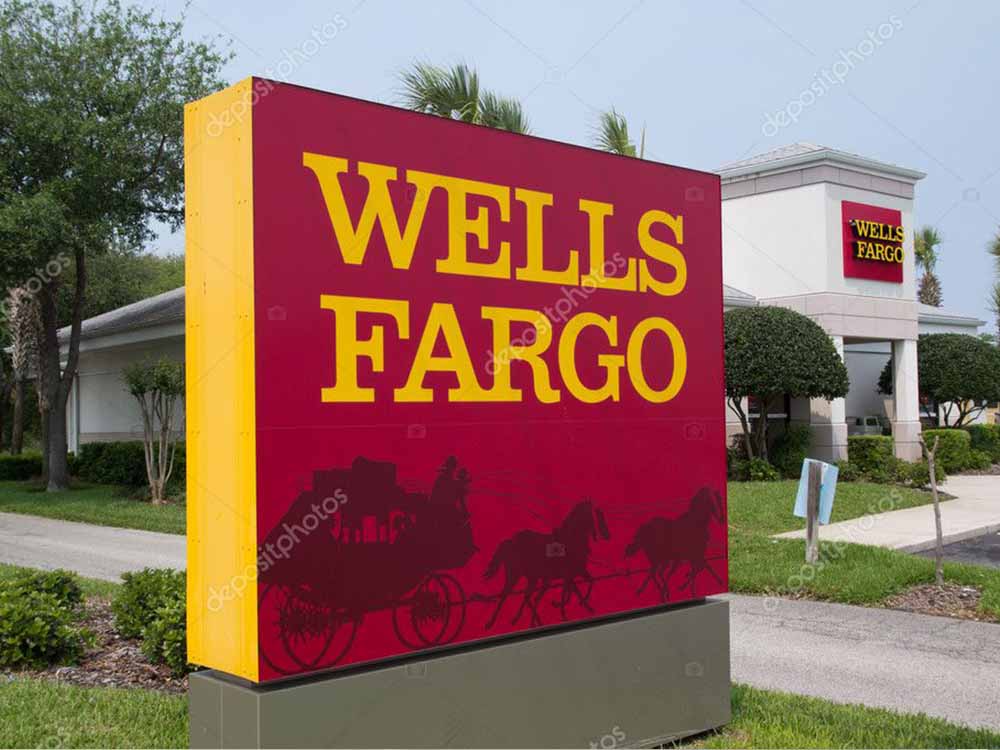Wells Fargo in 2011: Navigating Challenges and Opportunities
Wells Fargo, one of the largest and oldest banks in the United States, faced a complex landscape in 2011. This year marked a period of recovery from the global financial crisis of 2008, with financial institutions grappling with regulatory changes, economic uncertainties, and public scrutiny. In this exploration, we’ll delve into the key events and developments at Wells Fargo in 2011, examining its financial performance, strategic initiatives, and broader industry dynamics.
Financial Performance and Industry Landscape
As the U.S. economy continued its recovery from the financial crisis, Wells Fargo, like other major banks, faced challenges in restoring confidence and adapting to a changing regulatory environment. In 2011, the financial sector was under increased scrutiny, and banks were navigating a landscape reshaped by new regulations aimed at preventing a recurrence of the 2008 crisis.
Wells Fargo’s financial performance in 2011 was a mix of resilience and adaptation. While the bank reported solid earnings, it was also contending with a slow economic recovery, persistently high unemployment rates, and a housing market still reeling from the subprime mortgage crisis.
Mortgage and Foreclosure Challenges
The aftermath of the 2008 financial crisis had a profound impact on the housing market, and Wells Fargo, as a major mortgage lender, faced challenges related to foreclosures and mortgage practices. In 2011, the bank, along with other financial institutions, was confronted with allegations of improper foreclosure procedures, leading to investigations and legal actions.
The “robo-signing” scandal, where banks were accused of approving foreclosure documents without proper review, cast a shadow over Wells Fargo and the broader banking industry. The fallout from these allegations had reputational implications, prompting Wells Fargo to reassess its mortgage practices and engage in settlements to address legal concerns.
Regulatory Environment and Stress Tests
2011 was a pivotal year for banks as they adapted to a changing regulatory landscape. In response to the financial crisis, regulators implemented stress tests to assess the resilience of major financial institutions under adverse economic conditions. Wells Fargo, along with other banks, underwent these stress tests, with the results influencing regulatory decisions and market perceptions.
The stress tests aimed to ensure that banks had sufficient capital buffers to withstand economic shocks. For Wells Fargo, successfully navigating these tests was critical in demonstrating its financial stability and maintaining the confidence of regulators, investors, and the public.
Strategic Initiatives and Customer Focus
Amidst the challenges, Wells Fargo pursued strategic initiatives to strengthen its position in the market. The bank continued to focus on customer-centric approaches, emphasizing its commitment to service and innovation. In 2011, technological advancements played a crucial role in banking, and Wells Fargo aimed to leverage digital platforms to enhance customer experiences and streamline operations.
Additionally, Wells Fargo’s acquisition of Wachovia in the aftermath of the 2008 financial crisis continued to shape its trajectory. The integration of Wachovia’s operations into Wells Fargo’s network reflected the bank’s strategic vision and efforts to expand its footprint in key markets.
In conclusion, Wells Fargo’s journey in 2011 encapsulates the complexities faced by major banks in the aftermath of the global financial crisis. Navigating regulatory challenges, addressing mortgage-related issues, and adapting to a shifting economic landscape were central themes for Wells Fargo. The bank’s commitment to strategic initiatives and customer-focused approaches played a pivotal role in shaping its narrative during this crucial period in the financial industry’s recovery.











